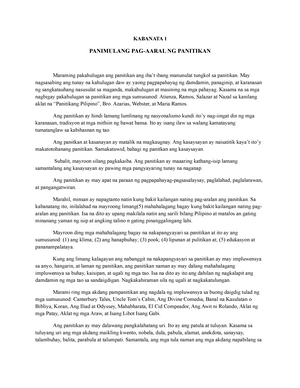
Each line had 17 syllables and it’s also allegorical in meaning. Tanaga – like the Haiku, is short but it had measure and rhyme. The Haiku is allegorical in meaning, is short and covers a wide scope in meaning. The first line had 5 syllables, the second, 7 syllables, and the third, five. It was made up of 17 syllables divided into three lines. Haiku – a poem of free verse that the Japanese like. Three types of poems emerged during this period. The common theme of most poems during the Japanese occupation was nationalism, country, love, and life in the barrios, faith, religion and the arts. Topics and themes were often about life in the provinces. Many wrote plays, poems, short stories, etc.

In other words, Filipino literature was given a break during this period.

The weekly LIWAYWAY was placed under strict surveillance until it was managed by Japanese named Ishiwara. Juan Laya, who use to write in English turned to Filipino because of the strict prohibitions of the Japanese regarding any writing in English. This had an advantageous effect on Filipino Literature, which experienced renewed attention because writers in English turned to writing in Filipino. Except for the TRIBUNE and the PHILIPPINE REVIEW, almost all newspapers in English were stopped by the Japanese. Philippine literature in English came to a halt. Between 1941-1945, Philippine Literature was interrupted in its development when the Philippines was again conquered by another foreign country, Japan.


 0 kommentar(er)
0 kommentar(er)
